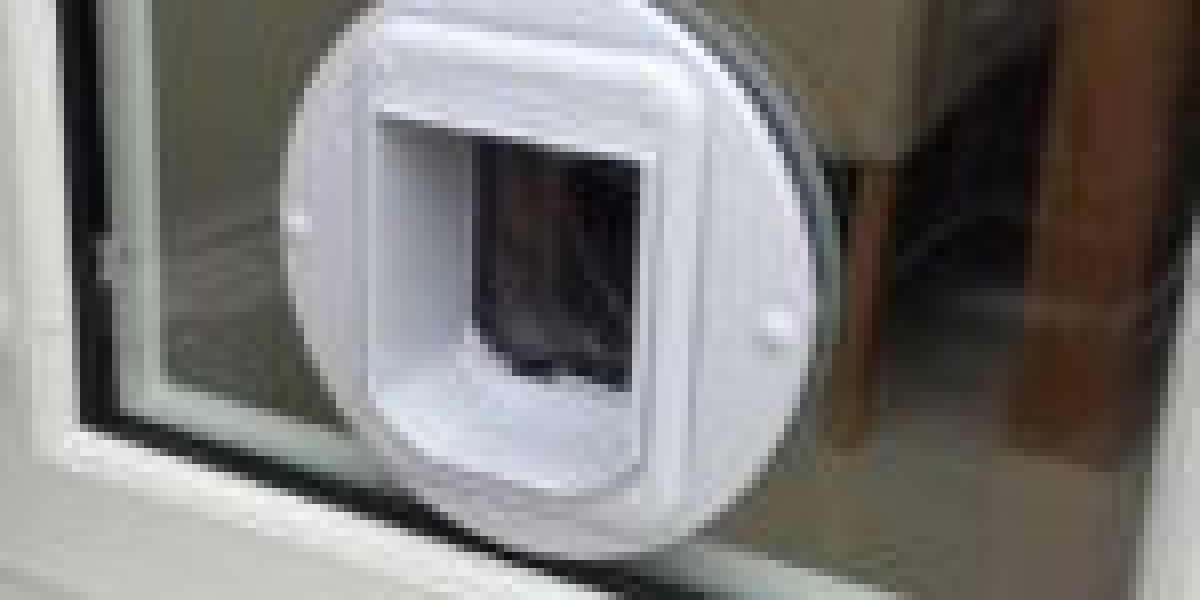Robotic Vacuum Cleaner Comparison: The Future of Home Cleaning
Recently, robotic vacuum bot cleaners have changed the method we preserve tidiness in our homes. With advancements in technology and the incorporation of synthetic intelligence, these devices have developed from simple novelty products to essential household devices. This post supplies a comprehensive comparison of a few of the leading robotic vacuum on the market, helping customers make notified choices when picking a design that fits their requirements.
Understanding Robotic Vacuum Cleaners
Robotic vacuum cleaners are autonomous makers created to tidy floors automatically. Equipped with sensors, they navigate around barriers and change their cleaning paths for optimal efficiency. The key functions that differentiate various designs consist of suction power, battery life, app connectivity, navigation innovation, and price.
Key Features to Consider
When comparing robotic vacuum cleaners, prospective buyers should take into consideration the following aspects:
- Suction Power: Measured in Pascals (Pa), suction power identifies the efficiency of getting dirt and debris.
- Battery Life: The length of time a vacuum can run before requiring a recharge significantly affects its cleaning efficiency.
- Navigation Technology: Models might use basic random navigation or advanced mapping innovations (like LIDAR) that enable them to create a map of the home.
- Smart Features: Connectivity to smartphone apps or smart home systems can boost use and control.
- Filter Type: HEPA filters are suggested for allergic reaction patients, as they trap irritants and enhance air quality.
Comparison of Top Robotic Vacuum Cleaners
Below is a comparison table of some of the best robotic vacuum robot available in 2023:
| Model | Suction Power (Pa) | Battery Life (minutes) | Navigation Technology | Smart Features | Price (GBP) |
|---|---|---|---|---|---|
| iRobot Roomba i7+ | 1700 | 75 | Smart mapping | App control, voice command | ₤ 949 |
| Roborock S7 | 2500 | 180 | LIDAR | App control, multi-floor | ₤ 649 |
| Neato D7 | 2000 | 120 | LIDAR | App control, zone cleaning | ₤ 599 |
| Ecovacs Deebot T10 | 3000 | 150 | Smart mapping | App control, space detection | ₤ 799 |
| Shark IQ Robot | 1200 | 90 | Random | App control, self-emptying | ₤ 399 |
Description of the Table
iRobot Roomba i7+: Known for its robust cleaning robots capability, it features smart mapping innovation that allows it to designate particular areas for cleaning. Its self-emptying function is a plus for convenience.
Roborock S7: This design excels in suction power and battery life, making it ideal for bigger homes. Its LIDAR Futuristic technology helps produce an efficient cleaning path, and it can vacuum and mop all at once.
Neato D7: The D-shape style permits better corner cleaning, and it features strong suction power. Its LIDAR navigation enables it to map out cleaning locations precisely.
Ecovacs Deebot T10: Boasting the highest suction power and advanced navigation, this design can handle multiple floorings efficiently. It's a versatile option for families with varying floor types.
Shark IQ Robot: A budget-friendly choice that still uses smart functions. Its self-emptying ability and app integration make it a practical option for those searching for a strong cleaning buddy without breaking the bank.
Benefits of Robotic Vacuum Cleaners
Robotic vacuum cleaners offer many benefits that contribute to their rising appeal among consumers:
- Time-Saving: Automated cleaning allows users to maximize important time that can be invested in other activities.
- Convenience: Many models can be arranged through apps to clean up at particular times, minimizing manual effort.
- Ease of access: They can reach under furniture and in tight spaces where standard vacuums may struggle.
- Daily Maintenance: Regular usage of robotic vacuums can help keep a regularly tidy environment, promoting better general home health.
Frequently Asked Questions About Robotic Vacuum Cleaners
1. How typically should I run my robotic vacuum?
It is advised to run the robotic vacuum deals a minimum of 2-3 times a week to keep tidiness, though daily usage can be helpful, particularly in homes with pets or high foot traffic.
2. Do robotic vacuums work on carpets?
Yes, lots of robotic vacuums are designed to deal with carpets, but effectiveness might differ based on the model's suction power and brush type. Look for designs particularly mentioned as efficient for carpets.
3. Can robotic vacuums clean pet hair?
Most robotic vacuums can effectively select up pet hair, but those with strong suction and tangle-free brush designs are particularly well-suited for this job.
4. How do I preserve my robotic vacuum?
Regular maintenance includes cleaning the brushes and sensing units, emptying the dustbin, and sometimes changing filters to make sure optimum performance.
5. Are robotic vacuums worth the financial investment?
While they tend to be more costly than conventional vacuums, the convenience, performance, and time-saving aspects make them a deserving investment for many homes.
The marketplace for robotic vacuum cleaners continues to expand as technology develops, providing customers a range of choices to fit different cleaning requirements and budgets. By thoroughly considering functions such as suction power, battery life, and smart capabilities, users can select a model that lines up with their lifestyle. Whether for convenience, ease of use, or exceptional cleaning efficiency, robotic vacuums are undoubtedly reshaping the future of home cleaning.









